You are using an out of date browser. It may not display this or other websites correctly.
You should upgrade or use an alternative browser.
You should upgrade or use an alternative browser.
Lets Talk African History: Ancient Nubia
- Thread starter Bawon Samedi
- Start date
More options
Who Replied?The Hyksos were Nubian? Thought they were Arabs. Lol, I do know the Egyptians hated them. The stuff they left behind about them was pretty much that and bragging about how they Debo'd them. "Oh you vile Asiatics. I'm drinking all your wine and making your auntie pour it for me."
The Odum of Ala Igbo
Hail Biafra!
The Hyksos were Nubian? Thought they were Arabs. Lol, I do know the Egyptians hated them. The stuff they left behind about them was pretty much that and bragging about how they Debo'd them. "Oh you vile Asiatics. I'm drinking all your wine and making your auntie pour it for me."
I interpret the Hyksos as being a Semite people who gained Indo-European technologies. The fact that they worshipped Baal is a big clue.
Misreeya
Pro
Amara West.
Misreeya
Pro
During the Roman period part of Upper Egypt today was the Northern most reach of the ancient Meroe. The temple of Philae now today Upper Egypt in Aswan.
This is the temple of the female ancient pagan deity (Isis)


Société des Cultures Nubiennes- La Nubie historique et archéologique -Philae
This is the temple of the female ancient pagan deity (Isis)


Société des Cultures Nubiennes- La Nubie historique et archéologique -Philae
Misreeya
Pro
Temple of Jebel Barkel ruins Sudan.

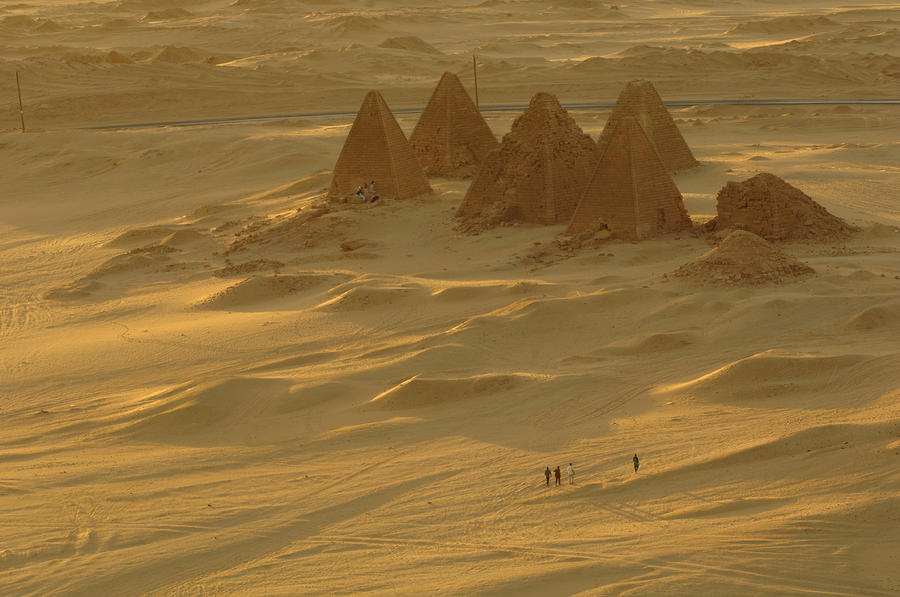
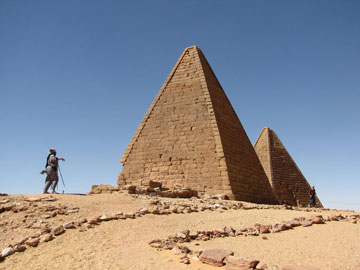
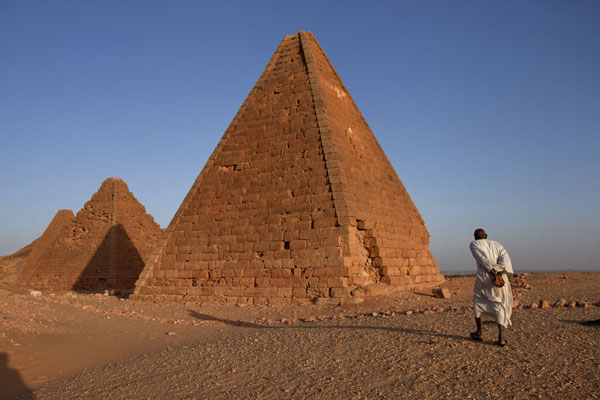
Temple ruins Jebel Barkal
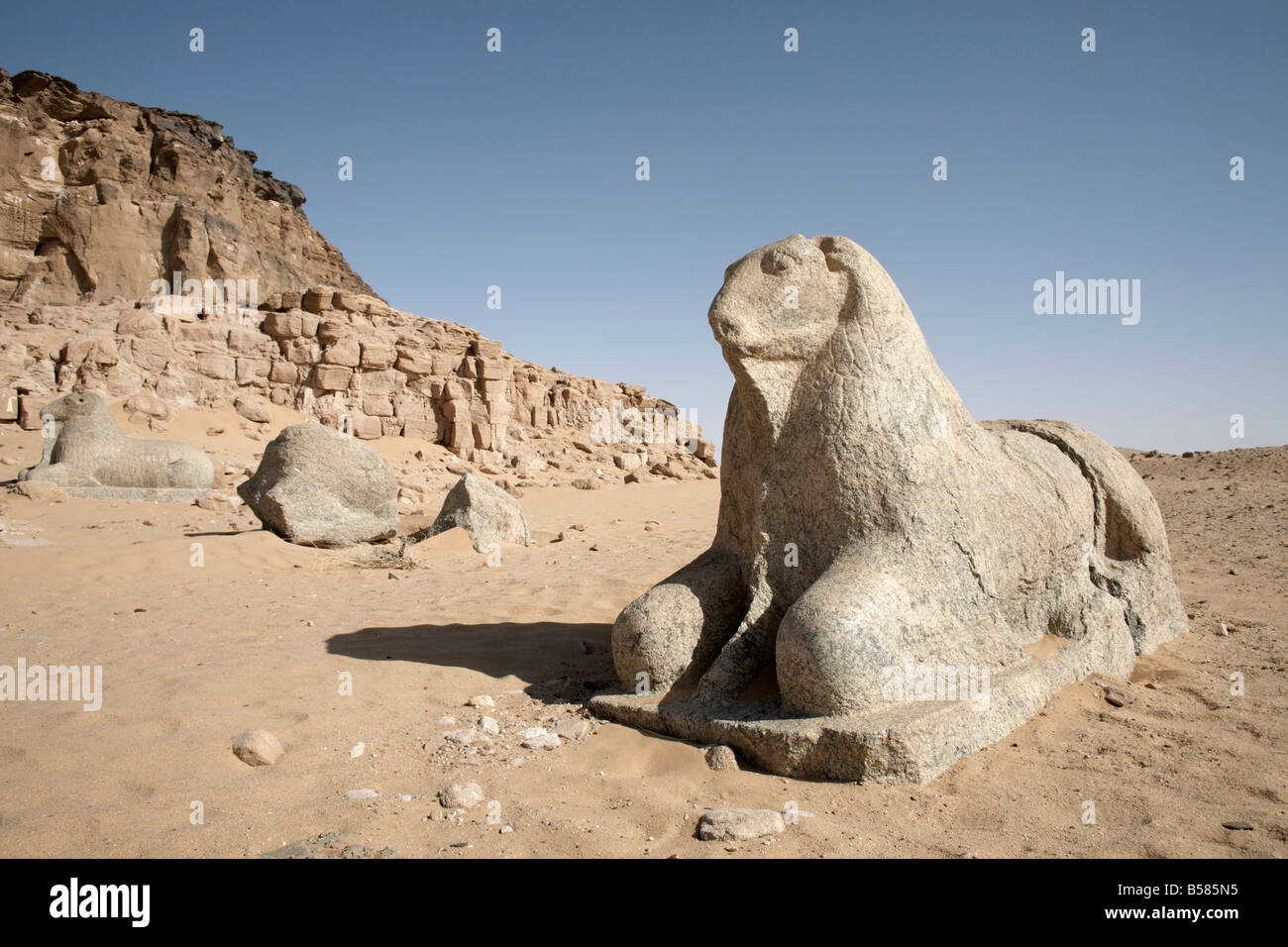


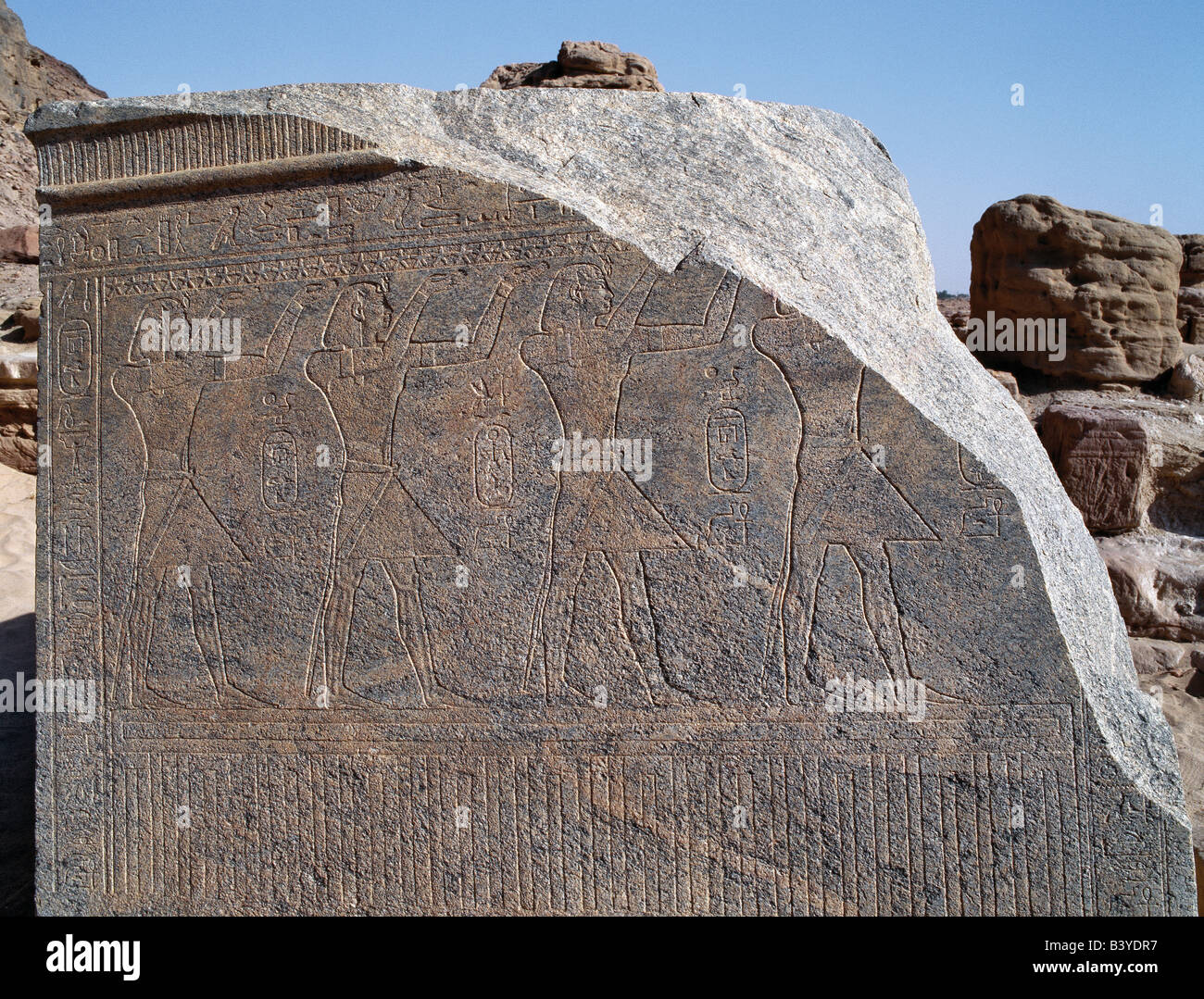
Columns of the goddess "Mut".


Inside the temple sanctuary is well preserved
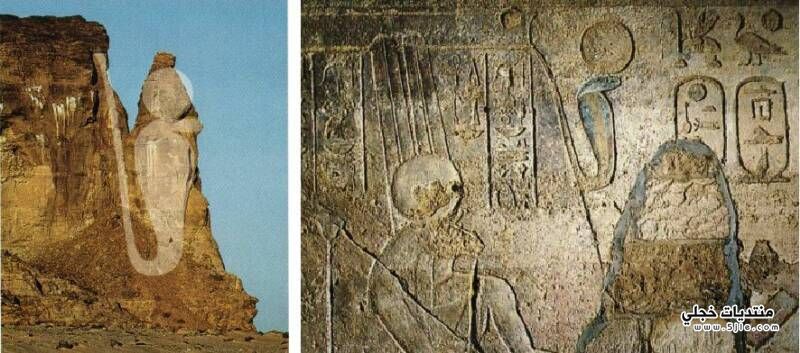


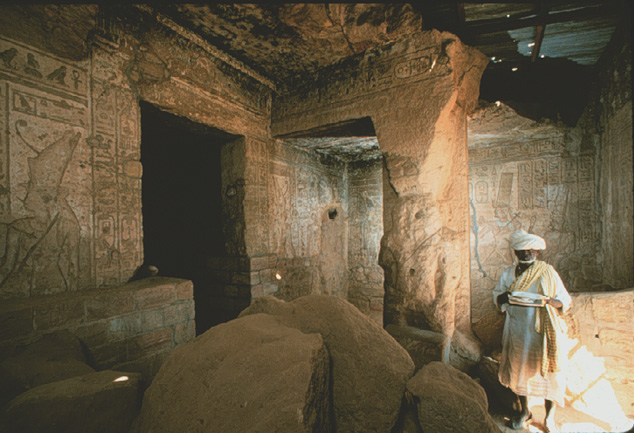


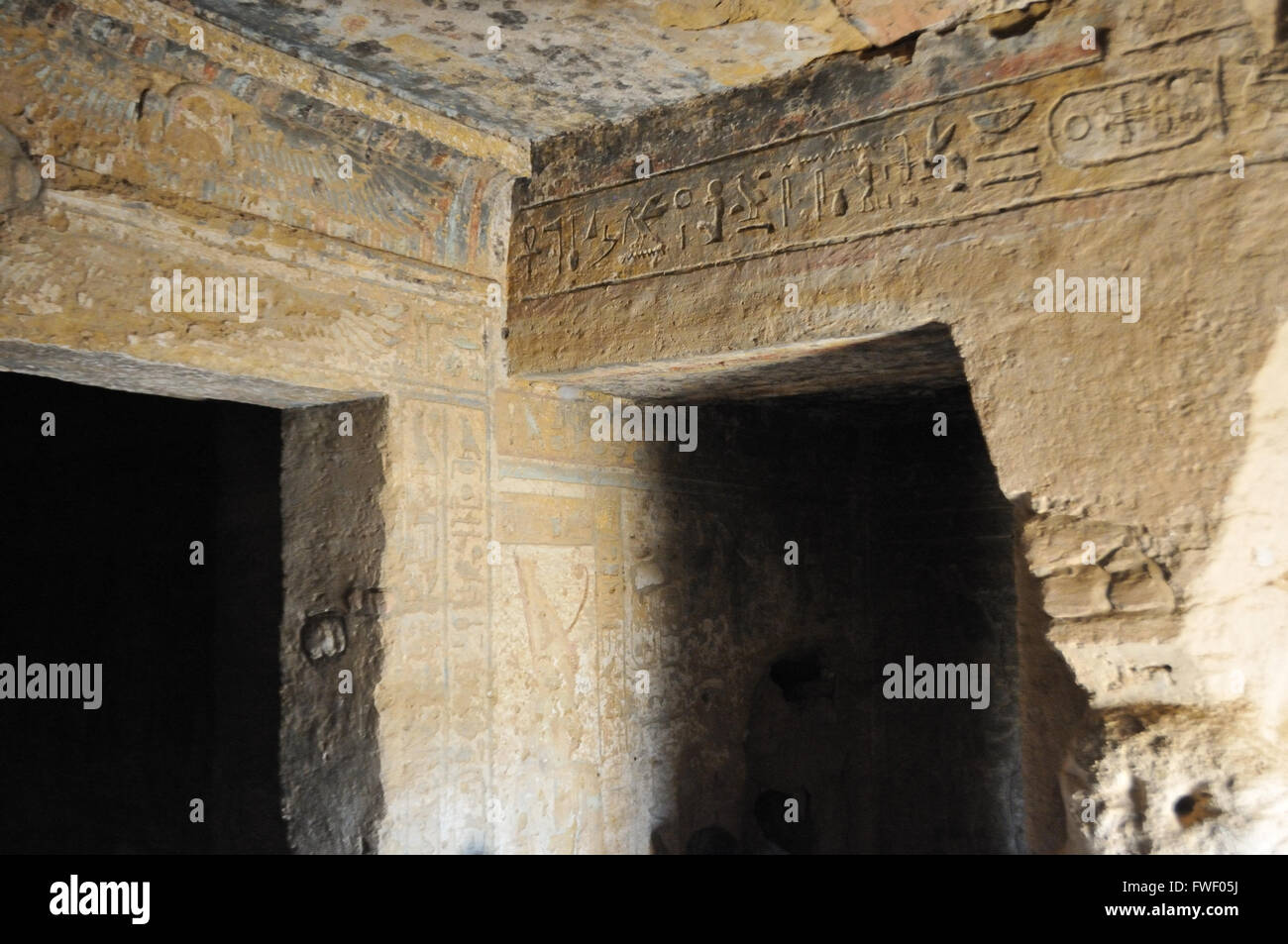

Société des Cultures Nubiennes- La Nubie historique et archéologique -Djebel Barkal
Jebel Barkal - Wikipedia
This temple was important, this is where many of the pharaohs of the New Kingdom(king Tut considered New Kingdom period by historians), Napatan, and Meroitic rulers were crown. They believed that Amun resided there due to the fact the peek of the mountain had a form of a uraeus(cobra), which was always on the crown of a pharaoh or Candace.




Temple ruins Jebel Barkal




Columns of the goddess "Mut".


Inside the temple sanctuary is well preserved







Société des Cultures Nubiennes- La Nubie historique et archéologique -Djebel Barkal
Jebel Barkal - Wikipedia
This temple was important, this is where many of the pharaohs of the New Kingdom(king Tut considered New Kingdom period by historians), Napatan, and Meroitic rulers were crown. They believed that Amun resided there due to the fact the peek of the mountain had a form of a uraeus(cobra), which was always on the crown of a pharaoh or Candace.
Last edited:
Misreeya
Pro
Crowns of Ballana




Post Meroitic and pre Christian period

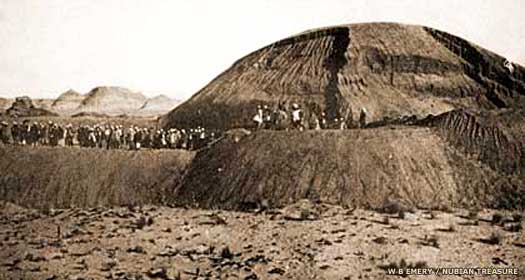
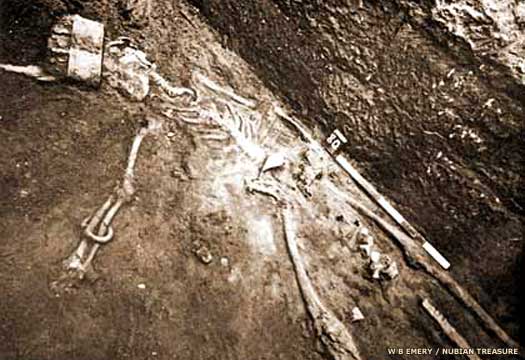
Kingdoms of Africa - Sudan / Nobatia / Dongola / Makuria
Ballana - Wikipedia




Post Meroitic and pre Christian period

Ballana was a cemetery in Lower Nubia. It was excavated by Walter Bryan Emery between 1928 and 1931 as a rescue project before the construction of a high dam at Aswan. A total of 122 tombs were found under huge artificial mounds. They date to the time after the collapse of the Meroitic state but before the founding of the Christian Nubian kingdoms, around AD 350 to 600. They usually featured one or several underground chambers, with one main burial chamber. Some tombs were found unlooted, but even the robbed burials still proved to contain many burial goods.
The objects found are chiefly of Nubian origin, but there were also many objects imported from Byzantine Egypt and the Mediterranean in general. Most remarkable is a set of crowns from different tombs showing that the richest burials belong to local ruling kings and queens. There were horses and servants buried with their masters. There are few written objects in the burials. The identification of the tomb owners is, therefore, impossible. It has been assumed that these are the burials of the kings and the court of Nobatia.
One important tomb discovered here was tomb 118 which consisted of three chambers. It might be described as an example of a royal burial at Ballana and consisted of a main burial chamber and two storage rooms. The roof of the burial chamber had collapsed and the tomb, therefore, escaped looting. The body of the person buried here was found on a bier. It was most likely that of a king. Upon his head was found a crown. Under the bier, were the remains of a large wooden gaming board, weapons and an iron folding chair. There were also skeletons of a young male servant and a cow. In the two storerooms, more skeletons of servants, as well as pottery and several bronze lamps were discovered.
The Ballana tombs belong to a culture complex often called X-Group. Following the find of these tombs, this culture is most often called Ballana Culture.[2] The original Ballana cemetery is now flooded by the Nasser Lake.

This Nubian burial mound of a Nobatian king was discovered at Ballana, Lower Nubia, during excavations that were carried out in the 1930s, in the late phase of perhaps the most glamorous period of early archaeological discovery in North Africa

The Ballana burial mound discovered by archaeologists in Lower Nubia in the 1930s contained the body of a Nubian king complete with his crown, one arm reaching outwards with a bracelet still on that arm
Kingdoms of Africa - Sudan / Nobatia / Dongola / Makuria
Ballana - Wikipedia
Last edited:
Misreeya
Pro
The Christian period of "Nubia" consisted of three Kingdoms Nobatia(Upper Egypt North Sudan) Makuria(North Sudan proper) Alodia(Central Sudan)more towards Ethiopia. In various times in history Makuria took rulership of Nobatia further north. Most likely of some dynastic drama.
Height of their territory
MEDIEVAL NUBIA
Akhmim - Wikipedia
Edfu - Wikipedia
Makurian art and how the people during the christian period portraited themselves.
Bishops, Queens, Kings and Eparchs.












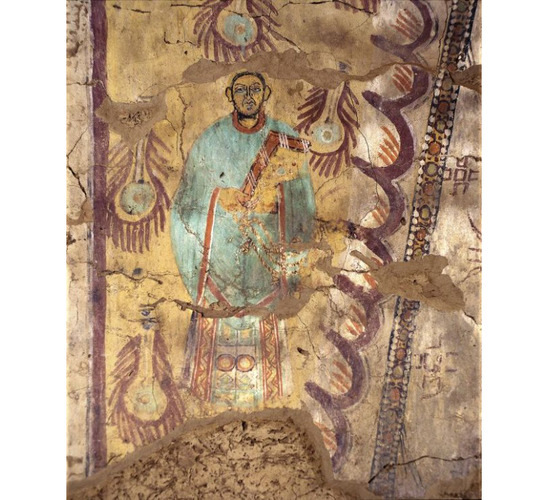



Makuria - Wikipedia
Nobatia - Wikipedia
Alodia - Wikipedia
https://blog.britishmuseum.org/2014/...e-middle-nile/
Height of their territory
By the middle of the tenth century, hostilities had again broken out with Egypt. The Nubians invaded that country and, benefiting from the state of disorder there, reached, in the year A.D. 962, as far as the town of Akhmim, and for a time controlled Upper Egypt, at least to the north of Edfu. The discovery there of Nubian documents in the monastery of St. Mercurios suggests that it had become a centre of Nubian culture.
MEDIEVAL NUBIA
Akhmim - Wikipedia
Edfu - Wikipedia
Makurian art and how the people during the christian period portraited themselves.
Bishops, Queens, Kings and Eparchs.
















Makuria - Wikipedia
Nobatia - Wikipedia
Alodia - Wikipedia
https://blog.britishmuseum.org/2014/...e-middle-nile/
Last edited:
One thing people hardly talk about is Nubia resisting the Romans. A movie SHOULD be made about this and the Queens of Candaces... Especially showing REAL strong black women giving the Romans the work.
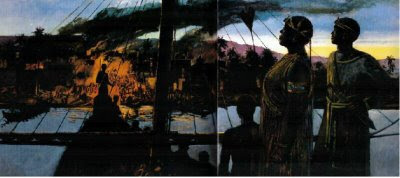
A number of Meroitic queens called Ka'andakes (Candaces) ruled Nubia-Kush just before the birth of Christ. Candace Amanirenas and her son Prince Akinidad along with the Meroitic Army kept the Romans out of Nubia-Kush. In this scene, they are witnessing the burning of the Roman Garrison in Aswan. Meroitic-Kush never became part of the Roman empire. The formidable leader greatly impressed classical writers, who mistook the royal title of Candace for a personal name. - Reference and photo from Splendors of the Past: Lost Cities of the Ancient World, National Geographic Society, 1981, page 171-173
Queen Amanirenas
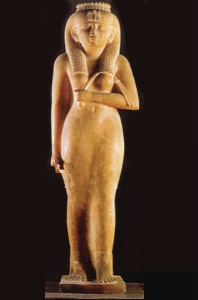
Some debate whether if they did lose since the Meroe script has not been deciphered.

A number of Meroitic queens called Ka'andakes (Candaces) ruled Nubia-Kush just before the birth of Christ. Candace Amanirenas and her son Prince Akinidad along with the Meroitic Army kept the Romans out of Nubia-Kush. In this scene, they are witnessing the burning of the Roman Garrison in Aswan. Meroitic-Kush never became part of the Roman empire. The formidable leader greatly impressed classical writers, who mistook the royal title of Candace for a personal name. - Reference and photo from Splendors of the Past: Lost Cities of the Ancient World, National Geographic Society, 1981, page 171-173
Queen Amanirenas

Some debate whether if they did lose since the Meroe script has not been deciphered.
I have to read through this whole thread...!
Misreeya
Pro
Egyptian Carving Defaced by King Tut's Possible Father Discovered


Here, the upper part of the Egyptian carving, showing the hieroglyph of Amun (top left); the hieroglyph and the god's face were hacked out on orders of pharaoh Akhenaten (reign 1353-1336 B.C) and were later restored.
A newly discovered Egyptian carving, which dates back more than 3,300 years, bears the scars of a religious revolution that upended the ancient civilization.
The panel, carved in Nubian Sandstone, was found recently in a tomb at the site of Sedeinga, in modern-day Sudan. It is about 5.8 feet (1.8 meters) tall by 1.3 feet (0.4 m) wide, and was found in two pieces.
Originally, it adorned the walls of a temple at Sedeinga that was dedicated to Queen Tiye (also spelled Tiyi), who died around 1340 B.C. Several centuries after Tiye's death — and after her temple had fallen into ruin — this panel was reused in a tomb as a bench that held a coffin above the floor. [See Photos of the Egyptian Carving and Sedeinga Tomb]
Scars of a revolution
Archaeologists found that the god depicted in the carving, Amun, had his face and hieroglyphs hacked out from the panel. The order to deface the carving came from Akhenaten (reign 1353-1336 B.C.), a pharaoh who tried to focus Egyptian religion around the worship of the "Aten," the sun disk. In his fervor, Akhenaten had the name and images of Amun, a key Egyptian god, obliterated throughout all Egypt-controlled territory. This included the ancient land of Nubia, a territory that is now partly in Sudan.
All the major inscriptions with the name of Amun in Egypt were erased during his reign," archaeology team member Vincent Francigny, a research associate at the American Museum of Natural History in New York, told Live Science in an interview.
The carving was originally created for the temple of Queen Tiye — Akhenaten's mother — who may have been alive when the defacement occurred. Even so, Francigny stressed that the desecration of the carving wasn't targeted against Akhenaten's own mom.
Today, only one column and a plethora of blocks survive from Queen Tiye's temple, which has not been excavated, Francigny said.
The archaeologists also found that, after Akhenaten's death, the god's face and hieroglyphs on this carving were restored. This restoration may have been done during the reign of the boy king Tutankhamun (reign 1336-1327 B.C.), who is famous for his rich tomb.
"The name of Amun as well as his face were first hammered out and later carved anew, proving that the persecution of this god extended to this remote province during the reign of Akhenaton and that his images were restored during the following reigns," Francigny and Claude Rilly, director of the French archaeological mission in Sedeinga, wrote in the most recent edition of the journal Sudan and Nubia.
Restoration
Akhenaten's religious revolution did not last. Shortly after his death, Tutankhamun, who may have been Akhenaten's son, assumed the throne and returned Egypt to its former polytheistic religion.
This particular carving would have been restored either during King Tut's reign or one of his successors'.
An ancient record tells of Tutankhamun's efforts to try to undo the revolution Akhenaten had unleashed. The account blasts Akhenaten, claiming that his revolution led the gods to abandon Egypt.
The "temples and the cities of the gods and goddesses … were fallen into decay, and their shrines were fallen into ruin, having become mere mounds overgrown with grass," the ancient record states (translation by William Murnane). "The gods were ignoring this land … if one prayed to a god, to ask something from him, he did not come at all, and if one beseeched any goddess in the same way, she did not come at all."

An Egyptian carving, originally created for Queen Tiye's temple, was discovered in a tomb (shown here) at the site of Sedeinga in Sudan.
Egyptian Carving Defaced by King Tut's Possible Father Discovered
Misreeya
Pro
Ancient Egypt and Sudan: a KS2 guide to farming in the Nile Valley Created as part of the Arts and Humanities Research Council funded project ‘Sustainability and subsistence systems in a changing Sudan’
Misreeya
Pro
Misreeya
Pro
Misreeya
Pro
Meroitic period.


JG-M-E-06 (1910) – Basalt statue of a royal figure, found at the ‘Lion temple’ at Meroë
